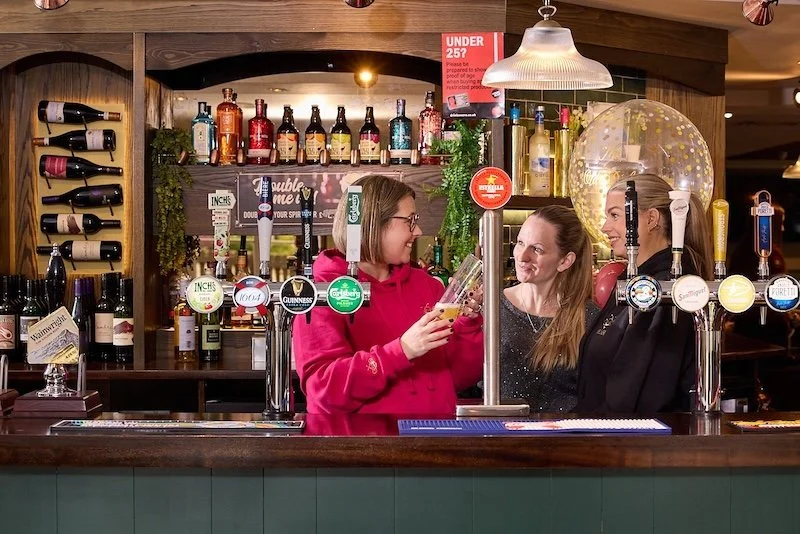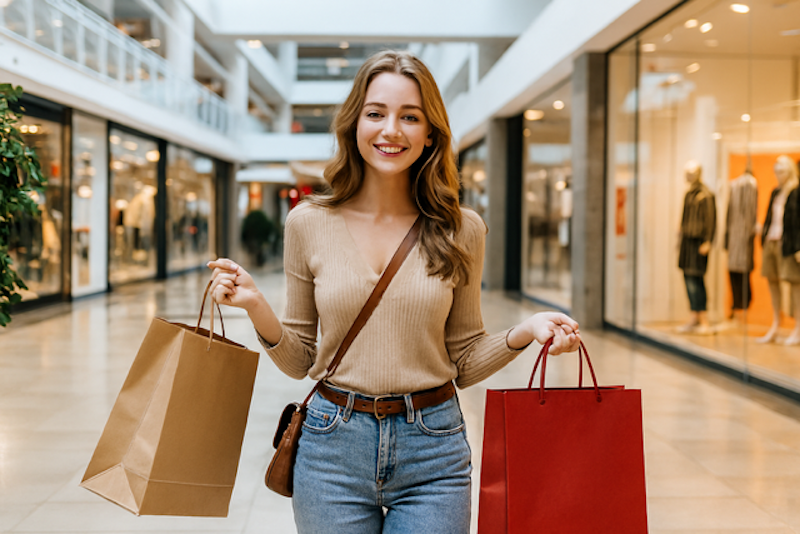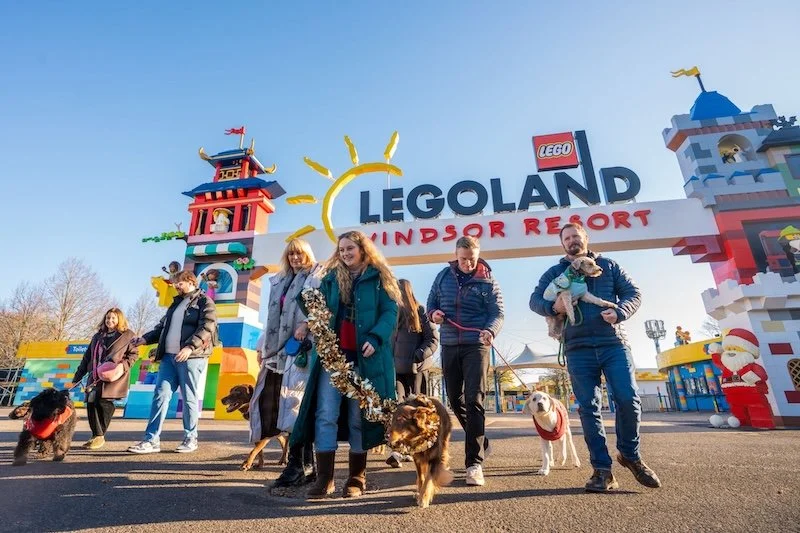Personalisation x gamification: next generation retail
Gamification and personalisation have both been buzzwords in their own right in the retail space over the last couple of years. However, magic can happen when the two are merged together. Let's take a look.
Combining personalisation and gamification
Merging aspects of personalisation and gamification has long been seen in other industries, particularly in the entertainment sector. Take something like online slot games, for example. These games are traditionally standardised for all players, with a set number of spins, reels, and rows.
However, games like Plinko Go allow players to customise their gaming experience by selecting the number of paylines available, the size of the board, the value of the multipliers, and where to drop the ball to begin the game. This allows players to have a unique experience each time they play the game.
In the realm of sales, then, it is no surprise that gamification is predicted to reach $46.44 billion by 2027, according to Yahoo. Combining personalization and gamification provides consumers with a personalized experience that shows shoppers that you're in tune with their personal tastes, and value their opinions.
This allows them to have a tailored experience which is unique on every visit, encouraging repeat purchases. The gamification aspect offers shoppers a fresh new take on retail, such as rewards, points, and challenges, ultimately boosting engagement throughout the sales journey. With this in mind, combining personalisation and gamification can foster loyalty and boost customer satisfaction, while injecting a little fun into the process.
So, now you know the benefits of such techniques and how they can boost the retail experience, let's take a look at some of the top examples of this in practice.
Sephora

Shopping for makeup can be an overwhelming experience for many consumers due to the sheer number of different products, shades, and finishes. And this is something that makeup giant Sephora knows all too well, and is trying to take steps to change.
Augmented reality (AR) software is embedded in the Sephora website, which, combined with 3D facial recognition, allows consumers to try on different makeup from the comfort of their own home, while also making for a fun experience.
In another move towards making makeup shopping less daunting, their 'Swipe It. Shop It' campaign allowed consumers to swipe left or right depending on if they liked the look being displayed, and highlighting how products can be used in combination.
Sephora also has a Beauty Insider Programme, which allows shoppers to earn points with each purchase, which can then be used to purchase additional products in the future.
Nike
Nike is one of those brands that has a target audience that quite literally has a competitive streak. The sportswear brand caters to professional and novice athletes alike, so they took advantage of their customers' competitive behaviour with their smartphone app.
Through the app, shoppers are encouraged to log their athletic progress, such as their personal bests for running certain distances, or their top speed. They can also challenge their friends to do the same, competing against one another. Nike then rewards competitors with early access to products, invites to events, personalised workouts, and free shipping on the online store.
As you can see, the combination of gamification and personalisation has the ability to foster loyalty, create trust, forge unique experiences, upsell products, and resolve customer challenges, ultimately boosting return custom and overall customer experience






























Continue reading…